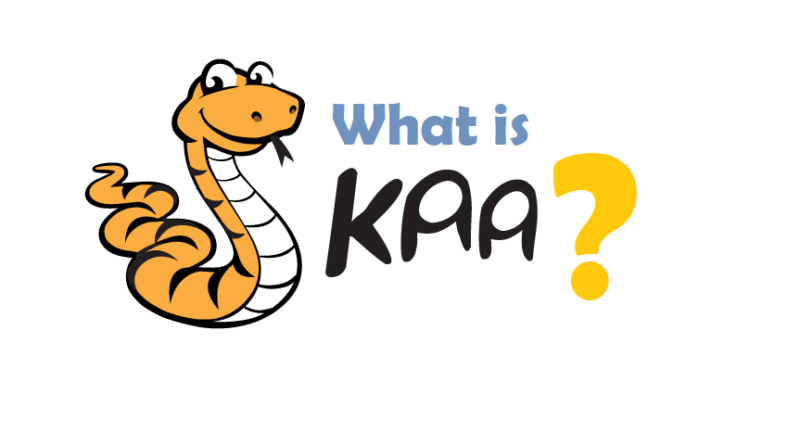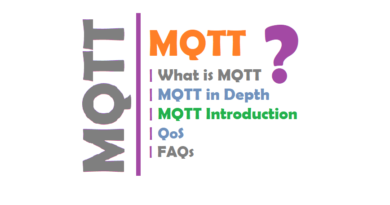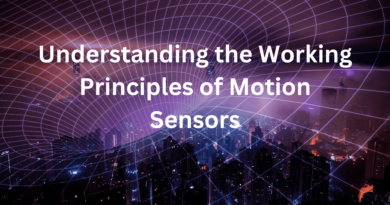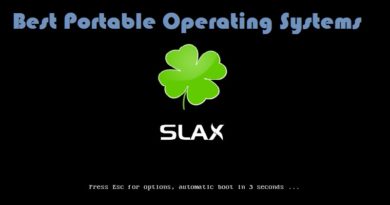Kaa – An Enterprise-Grade IoT Platform
What is Kaa ?
Kaa is an enterprise-grade IoT platform built on a modern cloud-native architecture and a fully customizable feature set. Based on flexible microservices, Kaa easily adapts to almost any need and application. Kaa is an IoT enablement technology applicable for any scale of enterprise IoT development. It provides a range of features that allow developers to build advanced applications for smart products, flexibly manage their device ecosystems, orchestrate end-to-end data processing, and many more. With Kaa, you can create your IoT applications up to 10 times faster than before. It scales from a tiny start-up to a massive corporation and supports advanced deployment models for multicloud IoT solutions. But you can also use it to put together a smart thermostat for your living room.
Key Point :





Main Features :
Connectivity – The Kaa platform supports lightweight IoT protocols for device connection, such as MQTT and CoAP. Kaa is transport-agnostic and may support any IoT protocol. Kaa Protocol is built on top of MQTT and CoAP, and defines basic rules of communication between the platform and the devices. The protocol is fully open, asynchronous, and allows for arbitrary message formats. Furthermore, you can choose between encrypted and unencrypted channels.
Device management – Kaa provides a register of digital twins, which represent things, devices, and other entities managed by the platform. Kaa also allows you to store device attributes, which provide more detailed information about any characteristic of the device. Examples of such attributes could be serial number, MAC address, location, software version, etc. In addition to simple data types, attributes can contain more complex, structured objects, such as a list of connected peripherals and their properties.
Data collection – Kaa provides an easy to use protocol for collecting data from connected devices. This protocol ensures reliable data delivery with response codes, which indicate the result of data processing by the platform. Once received by the platform, the device data can be dispatched to multiple processing pipelines. In case there is any error in the middle of processing, disk crash, or processor overload, the device is notified of that. As a result, the device always knows whether the submitted data is safe to delete or should be resent.
Data processing and analytics – The platform features data collection adapters that allow sending data to various databases or data analytics systems. Owing to a highly modular architecture of Kaa, a new integration requires minimum effort to modify an existing adapter or create your own. Raw, unstructured data can also be transformed into well-structured time series, convenient for analytics, pattern analysis, visualization, charting, etc. Similarly to raw data, time series can be pushed into a processing or analytics system of your choice. Working with time series is very flexible with Kaa.
Data visualization – The data visualization component of Kaa comprises a rich set of widgets, such as gauges, charts, maps, tables, etc. You can use these widgets to visualize different types of data, whether telemetry, statistics, geolocation, metadata, filters, software updates, or other—both historical and current. All widgets are configurable and allow you to change their data sources as well as visual representation. To address special use cases, Kaa visualization component allows you to easily plug in custom widgets.
Configuration management – Configuration management is essential for controlling the device behavior, managing data processing parameters, edge analytics, feature flagging, and other functions. The Kaa platform allows you to implement all of this functionality by providing the configuration management feature that works with arbitrary data structures.
Command execution – Command execution is the Kaa platform feature that allows you to deliver messages with the arbitrary payload to connected devices, execute commands, and receive near-real time responses. For example, you can remotely check current temperature on a home thermostat, point a security camera to a specific area, open a vehicle trunk, and so on.
Over the air (OTA) updates – OTA updates enable your devices to evolve over time. You can implement new features for the devices that are already in use, for example, face recognition for security cameras, autopilots for vehicles, predictive maintenance for industrial machinery, etc.
Technical Advantages and IoT architecture
Customizable microservice architecture – Every feature of the Kaa platform, such as messaging or visualization, is essentially a collection of microservices that perform their specific functions. Microservices simplify customization and ensure effective separation of concerns between different parts of the platform. The Kaa microservices interact via open APIs and can be integrated with third-party systems and rearranged according to your needs. You can even skip those microservices that you don’t need or replace any of them with your own components.
Freedom of technology – Kaa runs its microservices in Docker containers. This means you can use your favorite DevOps tools when implementing Kaa-based solutions in any environment. Moreover, Kaa uses well-defined interfaces based on REST and NATS, which makes it technology agnostic and allows you to develop and deploy applications written in virtually any programming language.
Scalable, elastic, and self-healing – Kaa is scalable by design and can be elastically expanded by simply adding more servers to the Kaa cluster. With Kaa, you can reliably support as many endpoints as you need. The platform ensures stability of operation by utilizing a highly available type of deployment: every service replica is equally important with no master-slave relations and no single point of failure.
Freedom of deployment – The platform is also perfect for hybrid deployments, for example, when a company runs Kaa in its own data center and scales it into the cloud whenever the performance demand increases. Private cloud and on-premises deployment options provide the full control over the system, which is often a requirement in stringent security domains.
Open IoT protocols – The Kaa platform supports messaging with the devices via MQTT and CoAP. These two are widely used IoT protocols that have dozens of implementations for all mainstream languages. Application-level protocols of Kaa by default use widespread JSON encoding available in all programming languages.
Gateway support – Depending on the type of your devices, you can choose between two device connectivity options: either connect them directly or via an IoT gateway. Using such gateway may be the only option for sensors with tiny computing power, devices within local IoT environments, such as LoRaWAN or ZigBee, or legacy devices that do not offer access to their source code or firmware.
Security – By default, Kaa communication with devices is secured with TLS or DTLS. Devices authenticate the server by checking its TLS certificate; the Kaa server supports a variety of methods for device authentication, from none at all to preshared keys to checking the client-side TLS certificates.
Application versioning – By design, It supports flexible application versioning. Different application versions allow you to define different functions and capabilities for your endpoints. For example, as your IoT solution evolves over time, some new capabilities may be introduced, while others retired.
Blueprints – Kaa solution blueprint is a declarative definition of an IoT solution. It fully defines the system functionality by declaring the necessary microservices along with their configurations. Blueprints are stored in human-readable, plain text files and empower you with the Infrastructure as Code approach for managing your clusters.
Built on open components – The Kaa platform relies upon a variety of popular, proven, and well-tested open-source components. This type of design dramatically improves a learning curve for new users and makes Kaa open and highly customizable up from its very core.
Visit Official Website for more information https://www.kaaproject.org/
You may like also:
- How To Create Secure MQTT Broker
- MQTT Servers/Brokers
- MQTT Products (that use MQTT)
- MQTT Public Brokers List
- IoT Data Protocols
- Setting up Authentication in Mosquitto MQTT Broker
- VerneMQ – Clustering MQTT for high availability and scalability
- How To Install VerneMQ on UbunTu, RHEL, Docker, Debian and Cent OS




